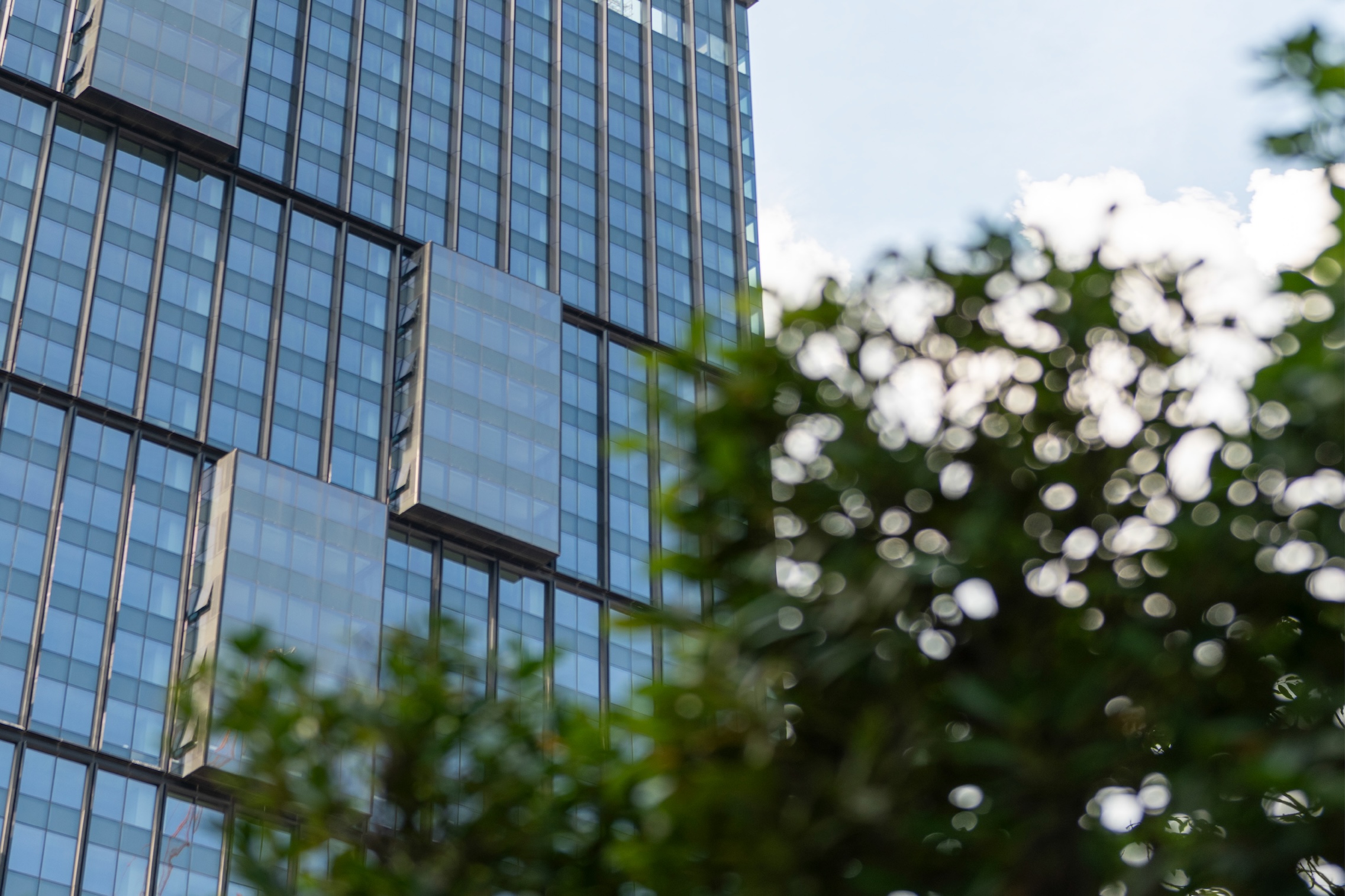Search
Recent Search
Directory Shop

Recent Search
Directory Shop
06 May 2025


Have you ever wondered how major cities filled with skyscrapers and massive energy consumption are able to manage temperature control and environmental impact? In an age where urban heat continues to rise, finding innovations that promote energy efficiency and long-term sustainability is critical. One of the most advanced solutions gaining traction globally is the district cooling system. This centralised chilled water technology is increasingly being adopted by urban developments worldwide—not only to cut energy usage but also to support the goals of sustainable cities aiming to reduce environmental strain. Let’s explore what the system entails and why it is so essential to our urban future.
What is a District Cooling System?
A district cooling system is a centralised cooling network designed to optimise energy usage across large areas. It works by producing chilled water at a central facility—often through chillers or by repurposing excess energy—and then distributing it via insulated pipes to nearby buildings. Unlike traditional air conditioning, which relies on individual systems for each building, district cooling enables significant energy savings and improved operational stability across an entire area.
How Does a District Cooling System Differ from Traditional Air Conditioning?
· Conventional cooling systems rely on individual air conditioners for each building, resulting in high energy consumption.
· A district cooling system supplies chilled water from a central plant to multiple buildings via underground pipes.
This approach significantly increases energy efficiency and helps reduce the urban heat island effect.
Advantages of District Cooling Systems
Reduced Energy Costs
District cooling systems consume less energy than conventional air conditioning. They are especially effective for high-rise buildings, resulting in lower electricity consumption and long-term operational cost savings.
Lower Greenhouse Gas Emissions
Thanks to more efficient energy usage, these systems reduce the carbon footprint associated with cooling. They present an environmentally friendly alternative that aligns with global sustainability goals.
Support for Large-Scale Applications
Designed for high-demand areas such as business districts, hospitals, and tall building clusters, district cooling systems lower the risk of system overloads that could result from operating numerous air conditioning units simultaneously.
Reference: https://caiengineering.com/district-cooling-system/
District Cooling System at One Bangkok
One Bangkok is a pioneering development in Thailand that has adopted a district cooling system to promote energy conservation and sustainable urban living, putting both residents and the environment at the forefront of its design.
Sustainability at the Core
To meet its sustainability objectives, One Bangkok has installed a centralised district cooling system that supplies chilled water throughout the development. This setup delivers up to 22% energy savings compared to traditional large-scale HVAC systems (Heating, Ventilation, and Air Conditioning).
Minimised Environmental Impact
In addition to reducing energy consumption, the system also significantly lowers greenhouse gas emissions and thermal pollution within the project area. This aligns with One Bangkok’s broader commitment to sustainable development.
Setting a New Benchmark in Thailand
One Bangkok demonstrates the practical application of sustainable technology in a large-scale urban development. It serves as a blueprint for future smart city projects across Thailand and beyond.
With its forward-thinking design and focus on sustainability, One Bangkok is more than just a place to live or work—it is a catalyst for change in Thailand’s approach to urban development. Experience a smart and sustainable city that puts people and the planet first, right here at One Bangkok.
Gallery
Tag
SHARE